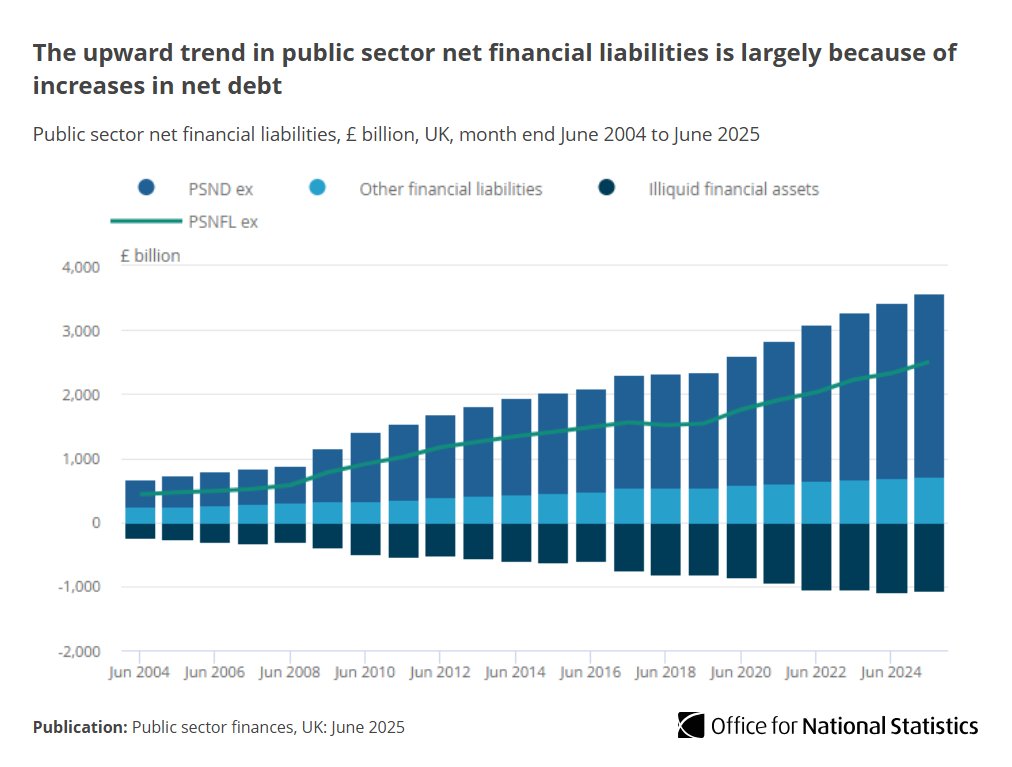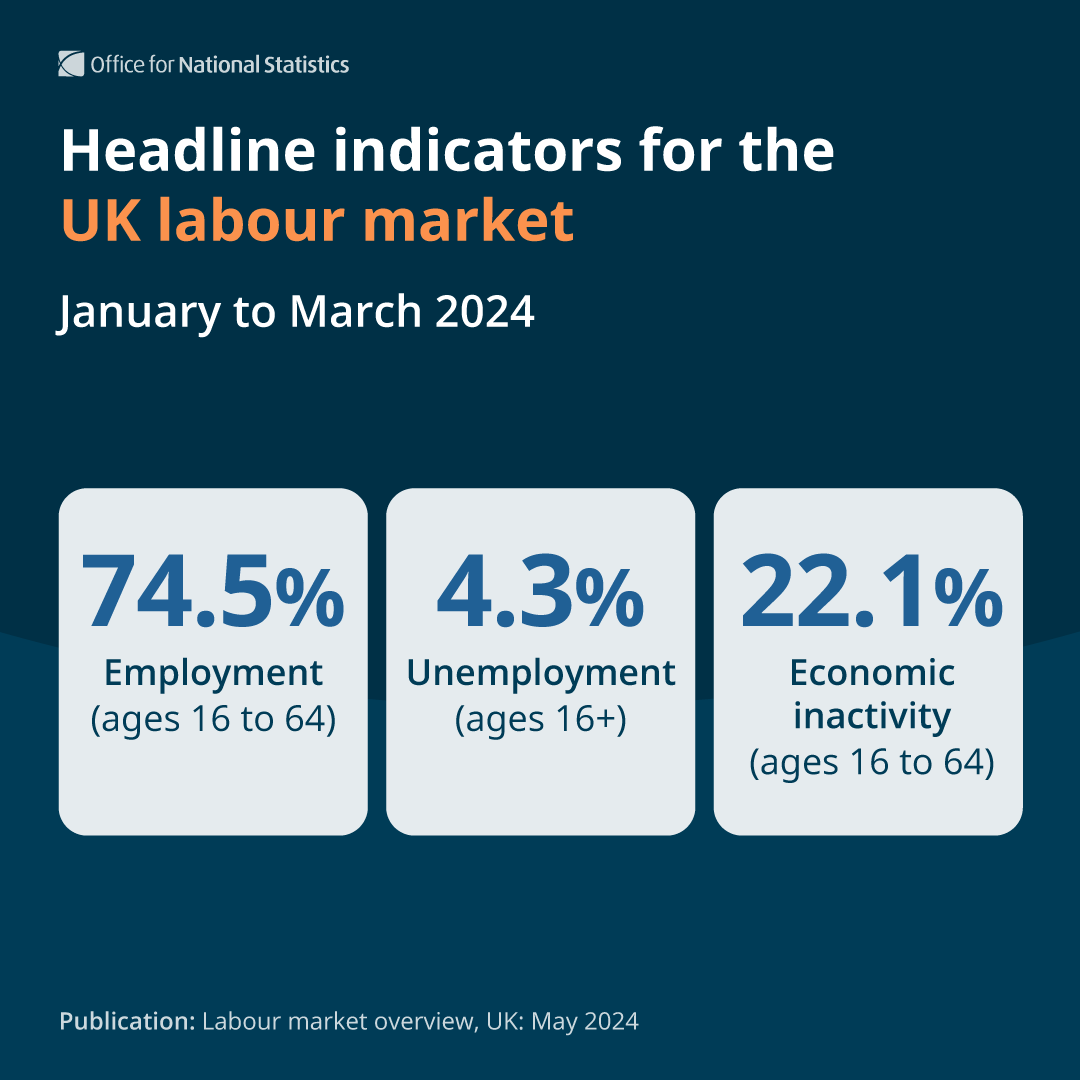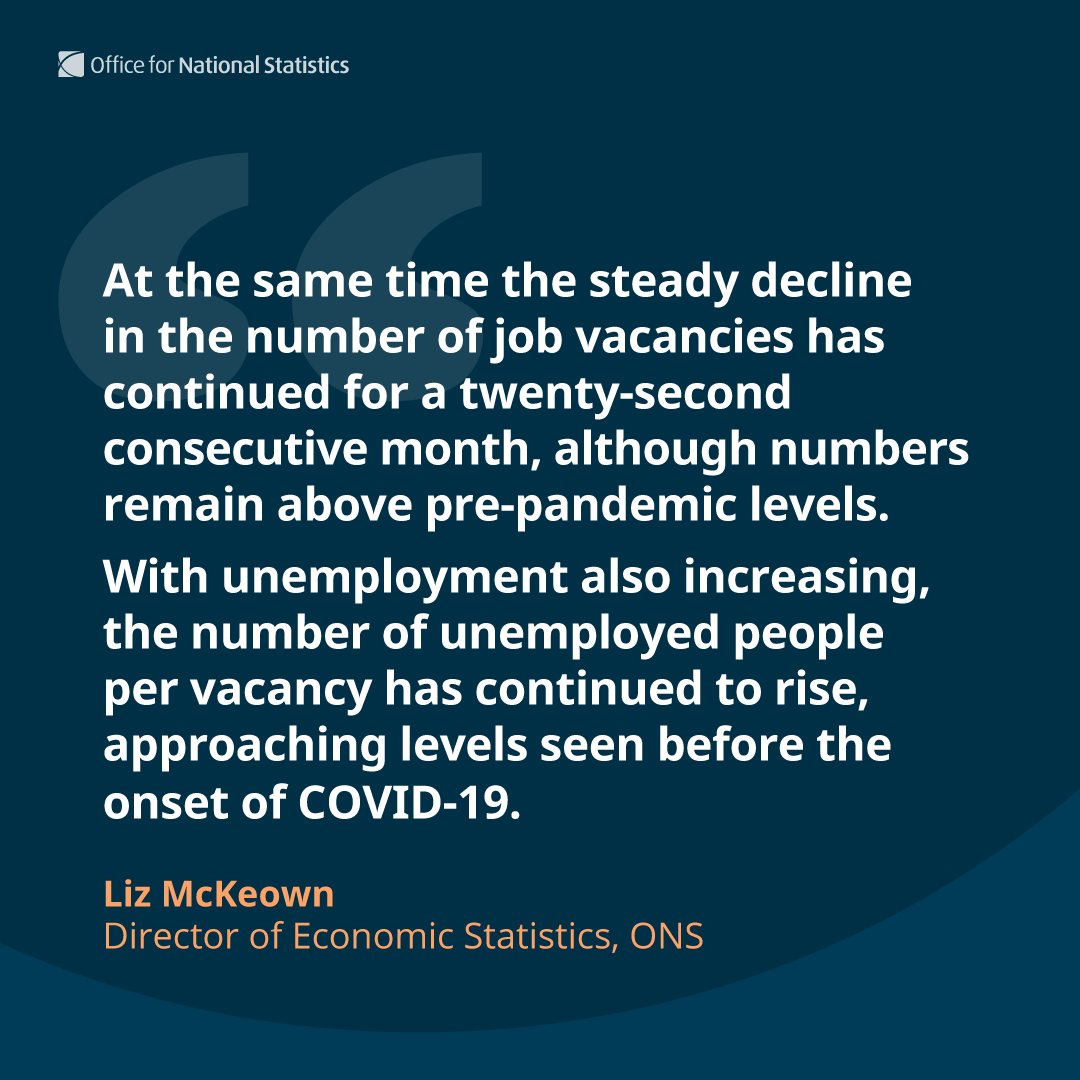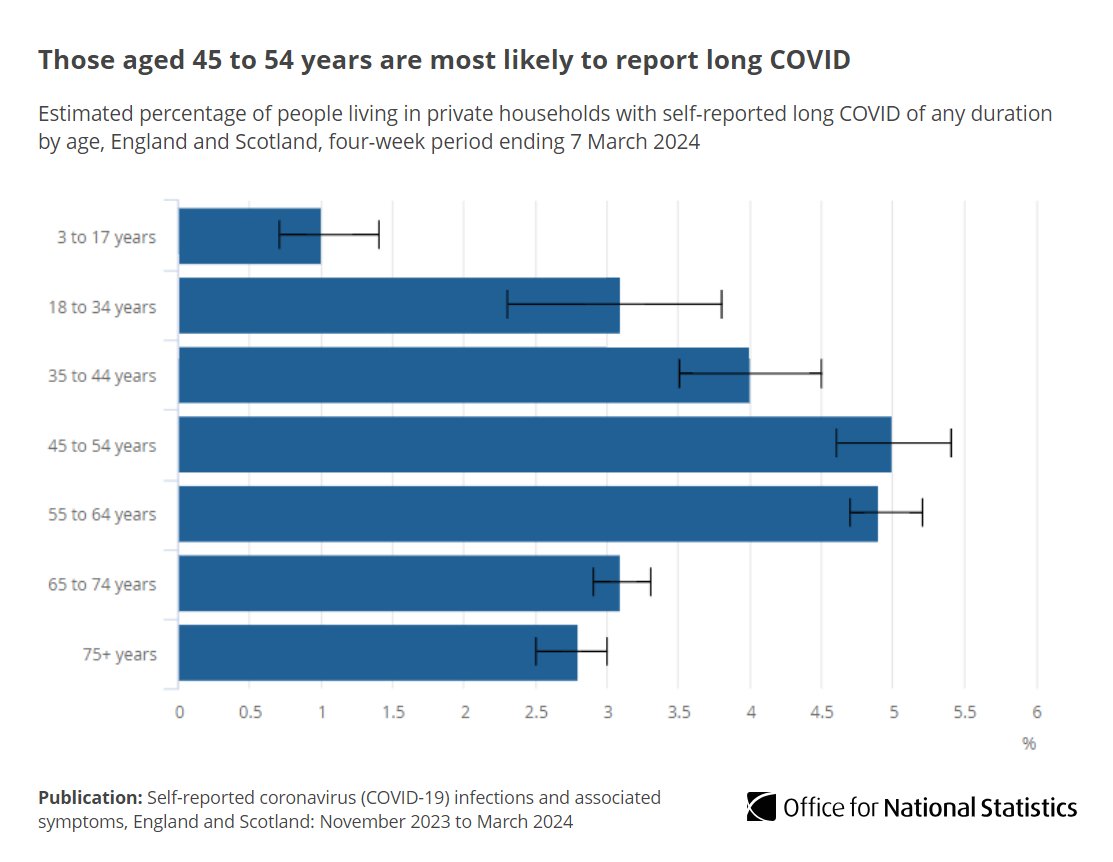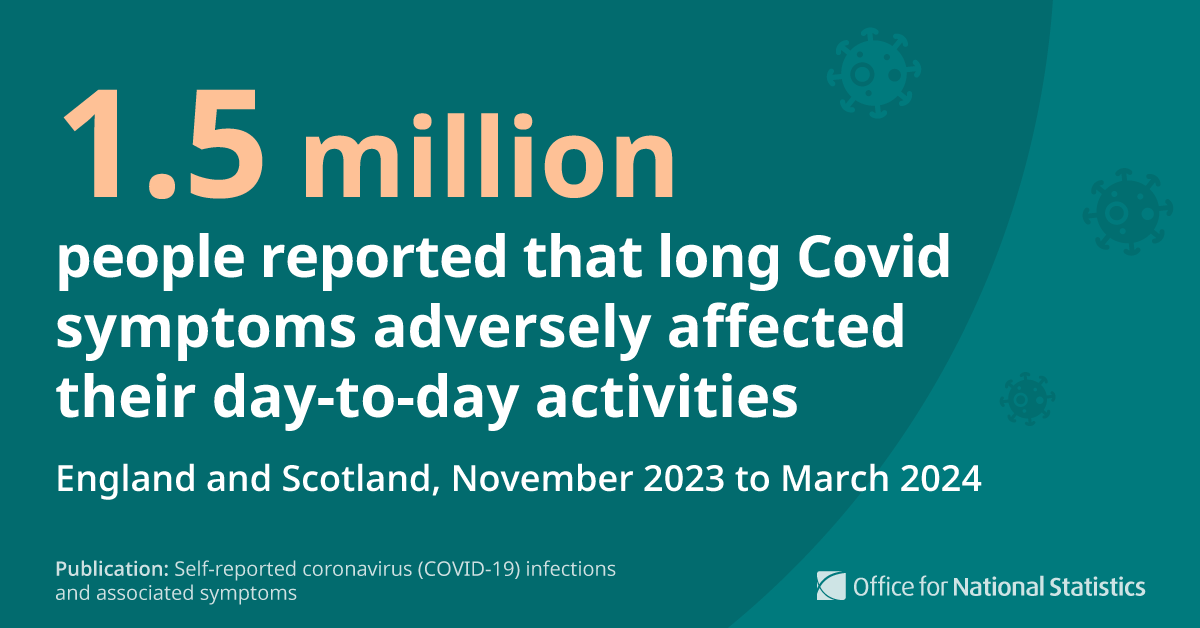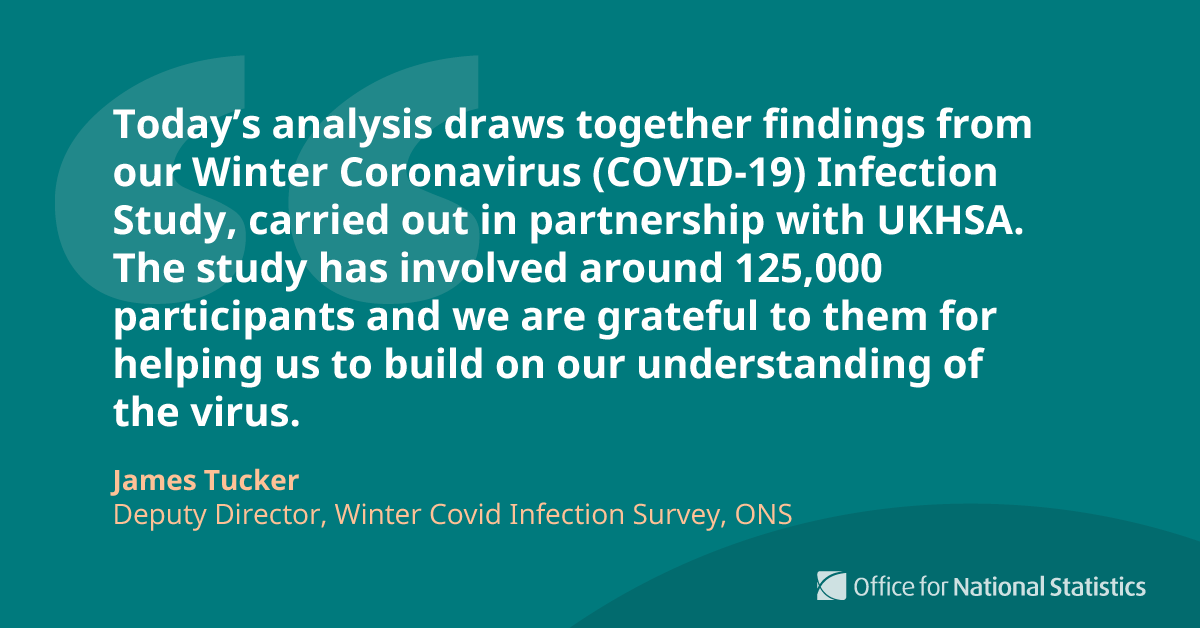Using #Census2021 data, we’ve analysed housing characteristics at a dwelling level in England and Wales and compared how this has changed over the last ten years.
There were 26.4 million dwellings in 2021 - compared with 24.4 million in 2011.
➡️ ons.gov.uk/peoplepopulati…
There were 26.4 million dwellings in 2021 - compared with 24.4 million in 2011.
➡️ ons.gov.uk/peoplepopulati…

Of all dwellings:
▪️ 24.9 million were in England (up 8.5% since 2011)
▪️ 1.5 million were in Wales (up 6%)
There were also more unoccupied dwellings in England & Wales in 2021. Use our interactive map to explore unoccupied dwellings in your local area.
▪️ 24.9 million were in England (up 8.5% since 2011)
▪️ 1.5 million were in Wales (up 6%)
There were also more unoccupied dwellings in England & Wales in 2021. Use our interactive map to explore unoccupied dwellings in your local area.
Semi-detached housing was the most common occupied dwelling in 2021.
Flats, maisonettes and apartments were most common in unoccupied dwellings.
Flats, maisonettes and apartments were most common in unoccupied dwellings.
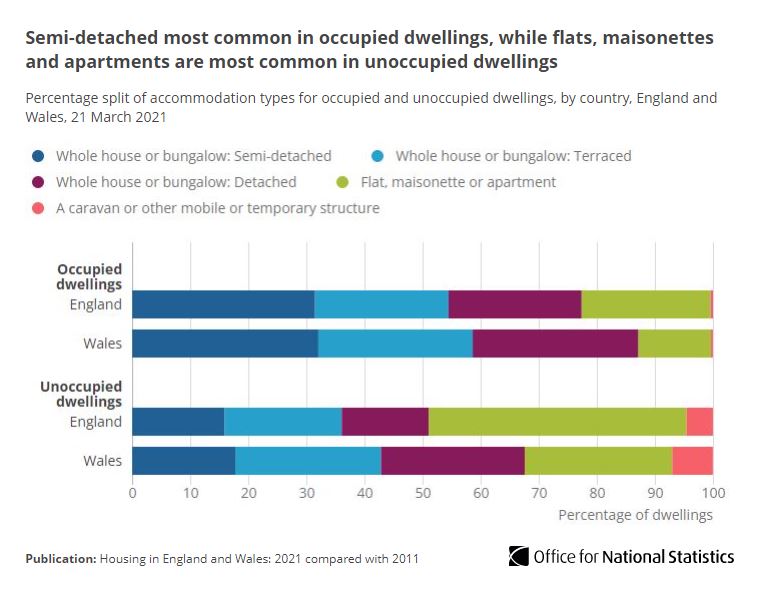
By 2021, “owned outright” overtook “owned with a mortgage or loan” as the most common tenure type of dwellings in England (32.6%).
Outright ownership was the most common tenure in Wales (38%), consistent with 2011.
Outright ownership was the most common tenure in Wales (38%), consistent with 2011.

Privately rented dwellings saw the biggest increase in both England & Wales in 2021.
Privately rented dwellings increased by:
▪️ 3.7 percentage points to 20.4% in England
▪️ 2.9 percentage points to 17.0% in Wales
Privately rented dwellings increased by:
▪️ 3.7 percentage points to 20.4% in England
▪️ 2.9 percentage points to 17.0% in Wales

At a local level, the largest change for outright ownership was Tamworth in West Midlands, (33.3% in 2021, 27.8% in 2011).
City of London saw the largest increase in the percentage of private rented dwellings (48.4% in 2021, 35.9% in 2011). No local authorities had a decrease.
City of London saw the largest increase in the percentage of private rented dwellings (48.4% in 2021, 35.9% in 2011). No local authorities had a decrease.
• • •
Missing some Tweet in this thread? You can try to
force a refresh



